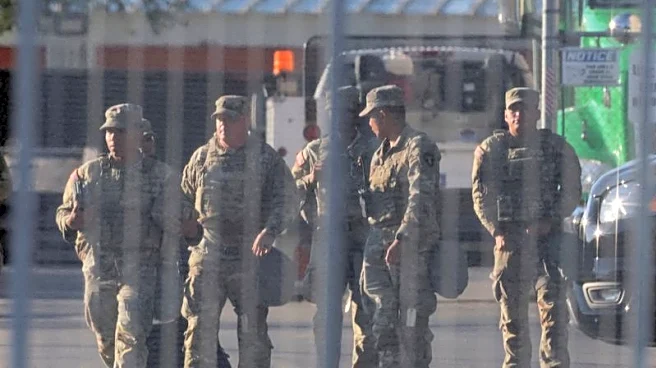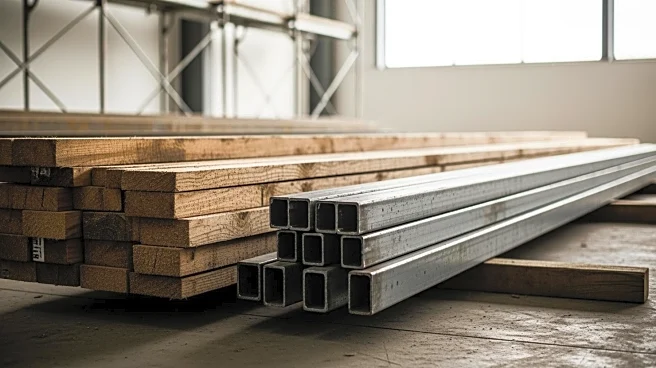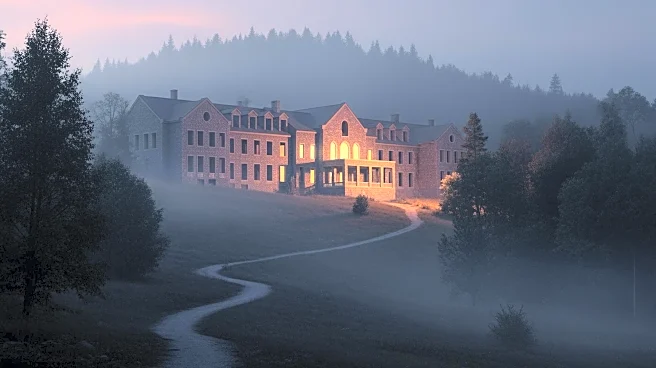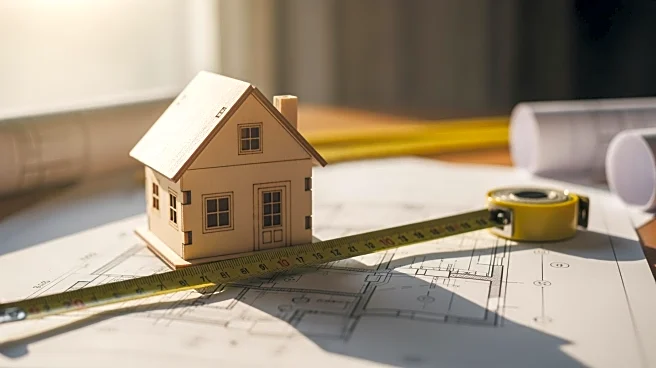What's Happening?
Illinois is facing a significant affordable housing crisis, characterized by high property taxes, older housing stock, and lengthy local approval processes that limit new supply and keep prices elevated
relative to incomes. Governor JB Pritzker has introduced several legislative measures aimed at improving housing affordability, including exemptions for nonprofit-built tiny homes for veterans and expanding statewide data collection on housing affordability. Despite these efforts, Illinois continues to lag behind neighboring states in new home development, with a weak permit-to-population ratio and a high new construction premium. President Trump has also weighed in, urging major homebuilders to increase construction and calling for intervention from Fannie Mae and Freddie Mac to restore the American Dream.
Why It's Important?
The affordable housing crisis in Illinois reflects broader national challenges in housing affordability, impacting middle-income buyers and limiting economic growth. The state's struggles highlight the need for effective policy measures to increase housing supply and reduce costs. Governor Pritzker's initiatives aim to address these issues by promoting new construction and improving access to affordable housing. The crisis affects not only homebuyers but also local economies, as expanding housing supply can create jobs and support small businesses. The involvement of national figures like President Trump underscores the significance of the issue and the need for coordinated efforts to address it.
What's Next?
Governor Pritzker's administration is expected to continue pursuing legislative measures to improve housing affordability in Illinois. The success of these initiatives will depend on overcoming regulatory hurdles and increasing construction capacity. Stakeholders, including homebuilders and financial institutions, may play a crucial role in supporting these efforts. The state's ability to improve its housing market will be closely watched, as it could serve as a model for other regions facing similar challenges. The ongoing dialogue between state leaders and national figures like President Trump may influence future policy directions.












